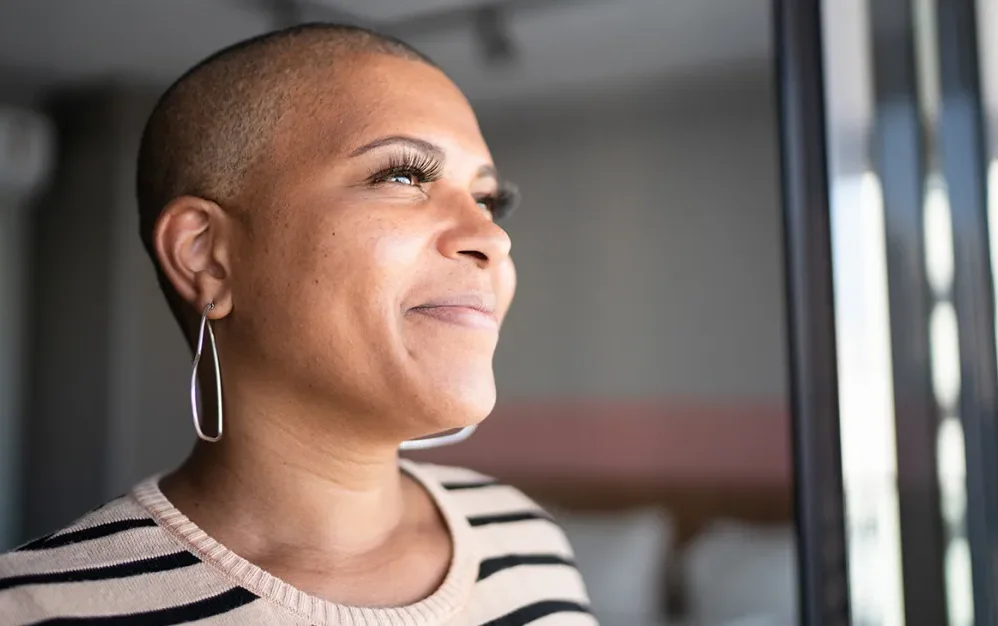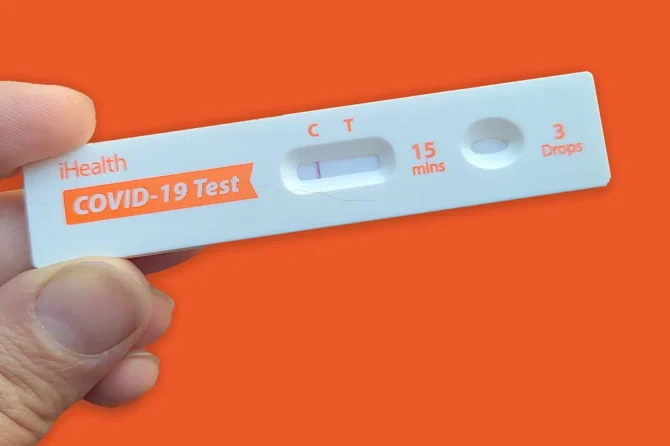After Actor Will Smith slapped comedian Chris Rock during the Oscars for making a joke about Jada Pinkett Smith’s shaved head, one word was echoed around the world – alopecia.
From break rooms to the morning talk shows, people were asking, “what is alopecia?”
Even though many people in the nation had no idea what this word meant, according to the National Alopecia Areata Foundation, this condition affects both sexes and all ethnic groups can develop alopecia areata.
“The definition of alopecia is hair loss from any cause. There are 100 different categories of alopecia,” said Dr. Linda Amerson, Ph.D., IIT, Tect, CCHHP/scalp doctor and holistic health practitioner, who also is the owner of LA’s Hair and Scalp in Arlington, Texas.
Although people of all ages can develop alopecia, studies have shown that many people start to experience symptoms of this disease by the age of 30.
“Some of my younger clients are more concerned with their physical image,” said Dr. Amerson. “They may not be as conscious about trying to take care of their scalp. They tend to wear wigs or other things to cover up their hair loss.
“However, for those that are 40 or over, they are more concerned with the regrowth of their hair based on the damage that has been done. Their main concern tends to be if their hair loss is reversible or irreversible.”
According to the American Academy of Dermatology (AAD), “Telogen effluvium is a type of alopecia where hair sheds in excess. It can happen suddenly, or hair can thin over time. Causes of telogen effluvium include medications, stress, childbirth, physical trauma, restrictive dieting, and life changes.
According to Dr. Amerson there are over 300 medications that have a side effect that causes alopecia.
“My alopecia started after my father died. I was washing my hair when I was getting ready for his funeral, then I noticed a hand full of hair in the sink,” said Sebran Ferrell.
Ferrell admits that she was dealing with a perfect storm in her life before she was diagnosed with alopecia areota. Prior to her diagnosis her mother was sick, her father died, and she was experiencing some personal health issues.
“After seeking help from several professionals, I finally chose to go to a holistic function management doctor. I knew that I needed help getting my insides under control as well. I was dealing with pre-diabetes, and a lot of other things that were going on with my body other than alopecia.”
Alopecia areata is a common autoimmune skin disease, causing hair loss on the scalp, face and sometimes on other areas of the body, according to AAD.
Carmen Anderson realized that she was dealing with hair loss after her beautician noticed some balding areas when she was washing her hair. This led Anderson to visit her doctor, who revealed that she had skin lupus.
After being diagnosed with lupus, Anderson experienced small bumps that began to itch. These bumps would show up anywhere on her body.
“When I first started dealing with my hair loss, I wore wigs. However, it took me a lot to get comfortable with wearing wigs, because they could come off. In the beginning, I did experience a few embarrassing moments when my wig came off unexpectedly,” she said.
After dealing with alopecia for three years, Anderson is currently having injections that are causing her to see some hair regrowth.
Ferrell who tends to experience hair loss during the spring of year has learned some workaround to cover her baldness.
“Fortunately my hair is long enough that when I am in an outbreak, I can pull my hair back in a ponytail. However, I recently took a leap of faith and cut my hair into a shoulder length bob cut. This allows me to style it in a way that the hair loss isn’t obvious,” said Ferrell.
Tiyiesha Morgan, a hair loss practitioner, services clients in California and Texas. With over 6.8 million Americans dealing with hair loss, Morgan believes that hair loss is a silent epidemic.
“The main difference is that hair loss is unlike some other conditions, it affects your outer appearance. Women can go into depression and experience anxiety after dealing with the effects of hair loss,” said Morgan.
Morgan also believes that there should be more research done on the impact of hair loss in African American Women. She supports recent efforts like those of Congresswoman Ayanna Pressley, who has alopecia, advocating for Medicare to cover the cost of wigs for those who have lost their hair from disease and treatment.
After dealing with alopecia, Ferrell admits that she has had her own personal awakening, “I used to think that my hair was my best quality. I now realize that you are not defined by your hair.”
Although there is no cure for alopecia, some forms of the condition can be reversible. Dr. Amerson recommends that women seek help as soon as they notice hair loss so that they can have the best possible outcome from the condition.
“Don’t call your girlfriends or don’t go to YouTube University. You need to go to someone with board-certified credentials,” stresses Dr. Amerson, adding that some of the warning signs that something is going on with your hair are: strains of hair on your vanity, substantial amounts of hair in your brush or strains of hair in the shower.
For so many, hair loss is no laughing matter.










